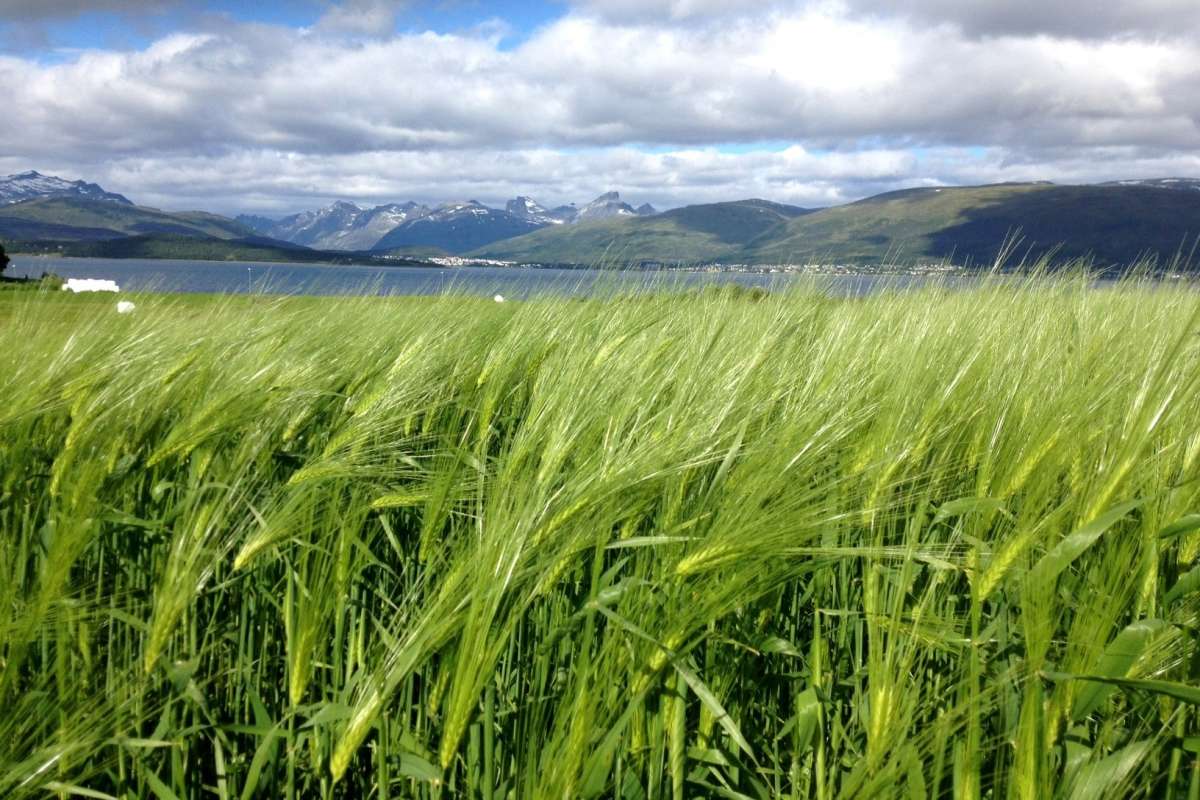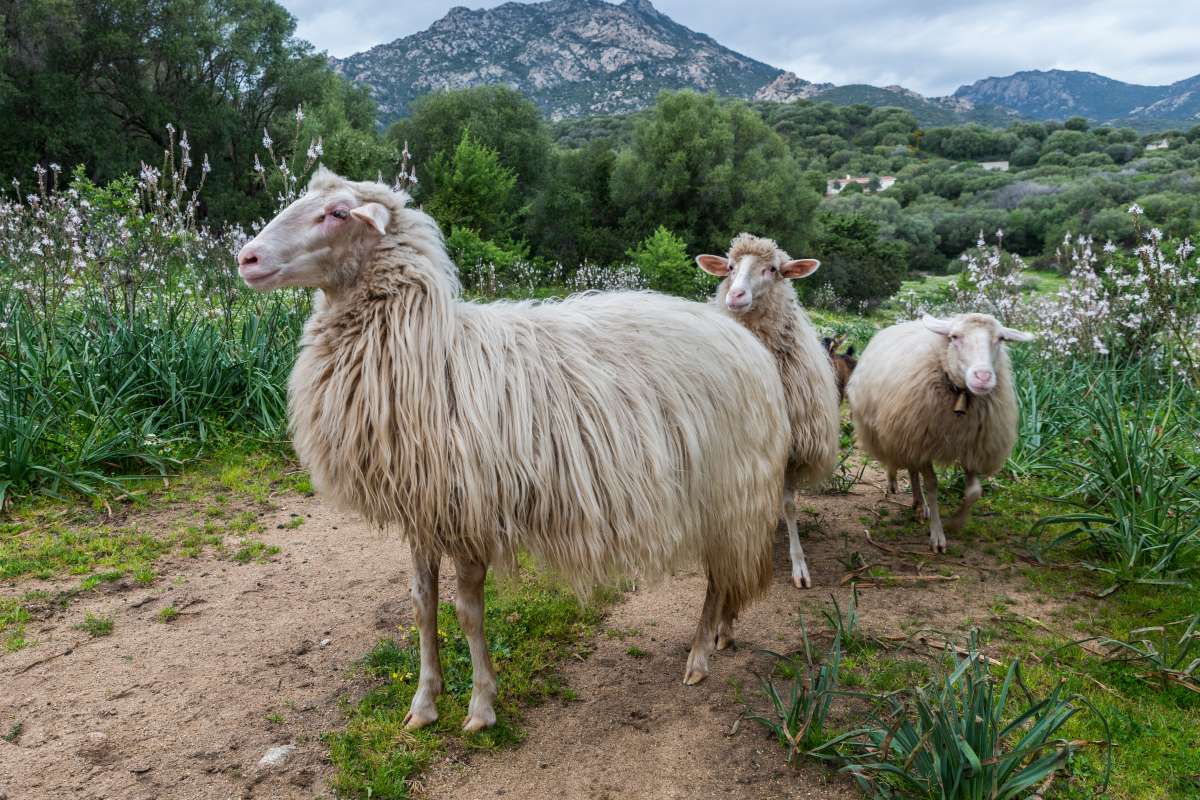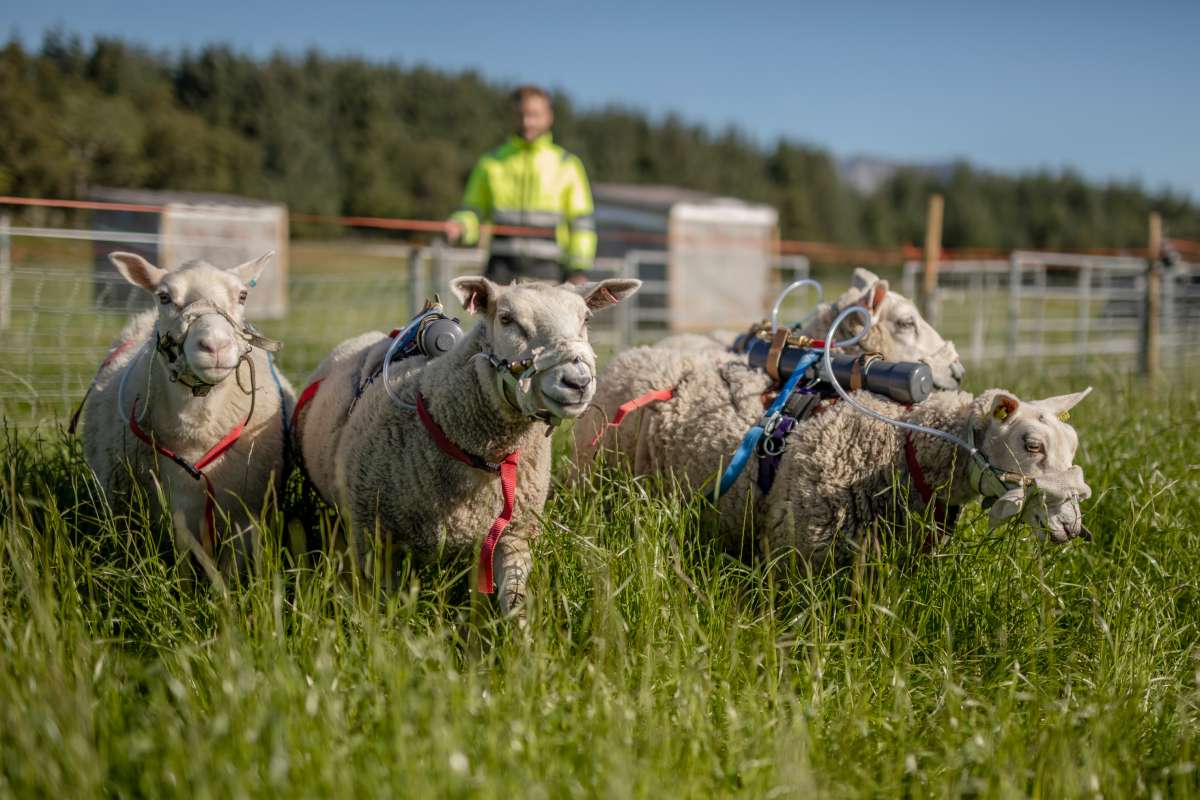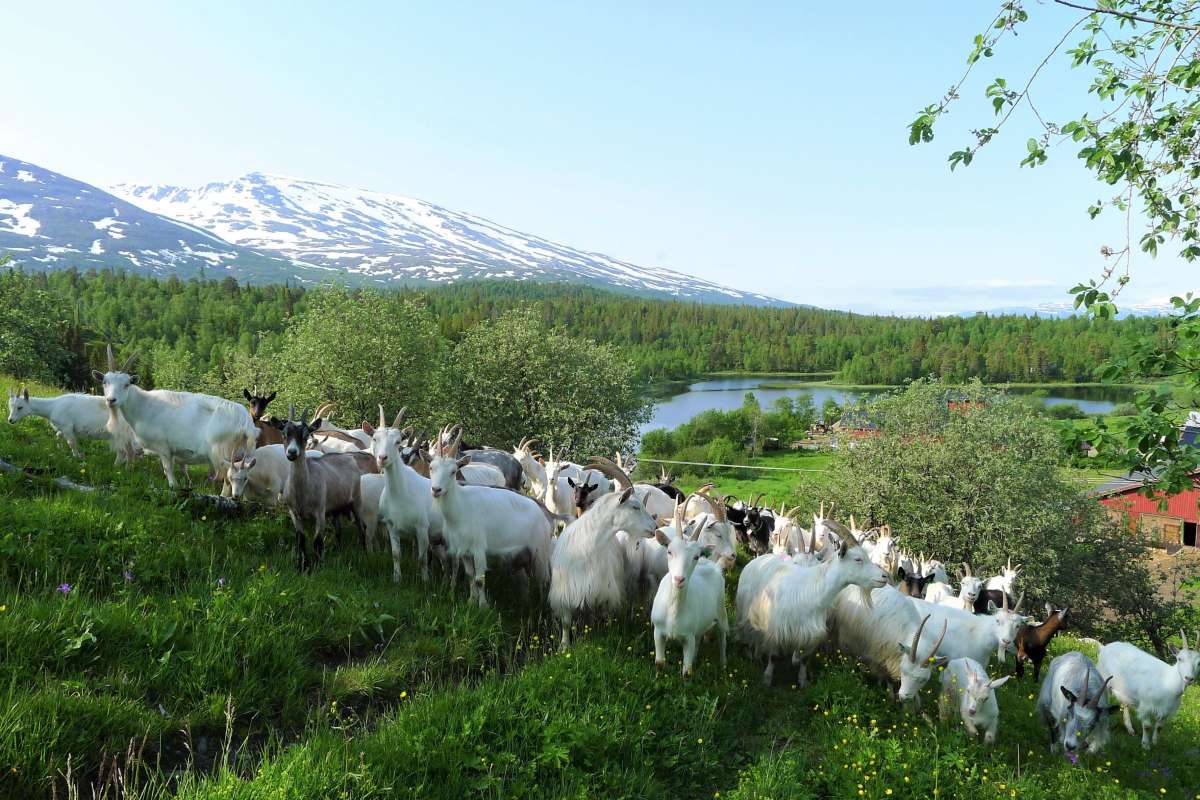Technological research barn will provide new opportunities

NIBIO researchers Grete H.M. Jørgensen, Shelemia Nyamuryekung'e, and Vibeke Lind are looking forward to using the new technological research barn at NIBIO Tjøtta. Photo: Liv Jorunn Hind
Last week a new technological research barn for small ruminants was opened at NIBIO Tjøtta. The new facilities will make the research station, located at the coast of Northern Norway, leading in applied research, focusing on climate, feeding, behaviour, and precision livestock farming. The event started with a seminar highlighting technological advancements in the field of work.
Last week NIBIO Tjøtta could finally welcome attendees to the opening of a brand-new technological research barn. Around 50 participants turned up for the introductory seminar to learn about the latest developments in technological livestock research.
Sheep research has been going on at Tjøtta for more than 90 years, and the journey towards today's modern facilities has been both challenging and exciting.
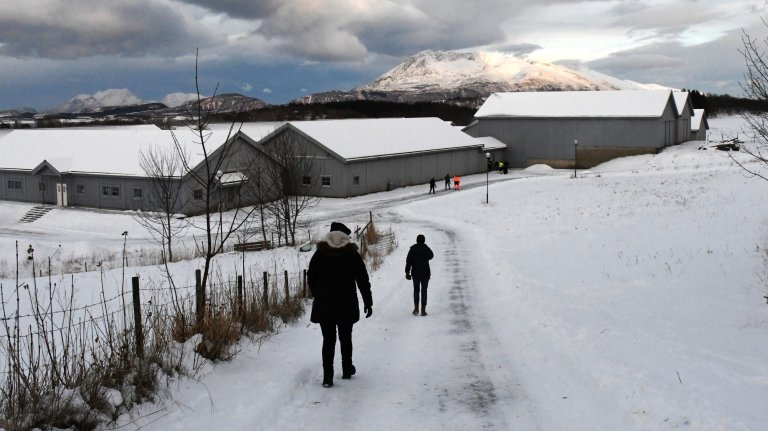
It started with a kitchen scale
"The barn at NIBIO Tjøtta was built in 1996. Back then, we conducted feeding experiments at group level, where all the sheep were fed in flocks. We weighed the sheep on manual scales and registered the eartag number by hand," says research scientist Vibeke Lind.
"It was a lot of manual and heavy work. We even weighed the feed on a kitchen scale," chuckles the NIBIO researcher.
The first major step towards more technological research facilities came in 2014. With new respiration chambers, the researchers could measure gas emissions from the sheep. Additional metabolism boxes allowed for more precise analyses of faeces and urine. The possibilities were numerous.
"At the same time, we got electronic scales, and we shifted to individual feeding of the animals. However, there was still a lot of manual work," Lind explains.
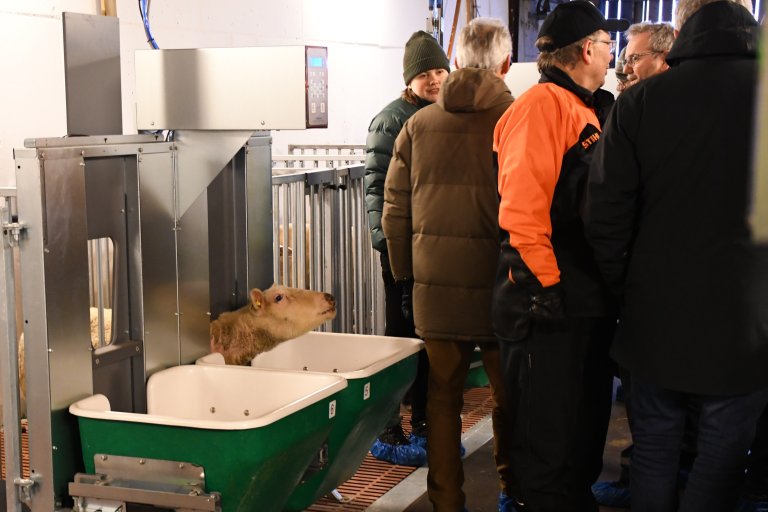
Individual control provides for new possibilities
The new facilities will save the researchers and engineers a lot of manual work. Additionally, the facilities offer a broad range of new possibilities within precision research. Electronic readers of ear tags in both sheep pens, respiration chambers, and metabolism boxes enable controlled experiments at an individual level.
The experimental barn contains 24 feeding troughs. When a sheep sticks its head out, the ear number is registered, and the sheep automatically receives its allotted ration of feed.
"We can control the feed access for each individual sheep—whether it should have free or restricted access, and what type of feed it should have. Two sheep can share the same feeding trough, meaning we can have up to 48 animals in experiments simultaneously," Lind explains.
"The system is connected to a computer, and data on feed intake is transferred at the individual level. This way, we can easily gather data on when the animals eat, how much, for how long, and how often."
Furthermore, researchers can analyse faeces and urine for various trace elements from the feed, and they can record changes in methane gas emissions based on different feed types and additives. However, this is just the beginning of the many possibilities.
"The experimental barn is also equipped with ceiling-mounted video cameras that make it easier to monitor the animals and conduct behavioural observations. The camera can provide us with exciting information, such as the sheep's feeding behaviour and mother-offspring interactions," says NIBIO researcher and ethologist Grete H.M. Jørgensen.
"In addition, the new facilities provide opportunities to test other electronic aids, such as alert systems during lambing or increased stress and illness."
Now, the researchers are looking forward to familiarizing themselves with the system before the first experiment begins in August.
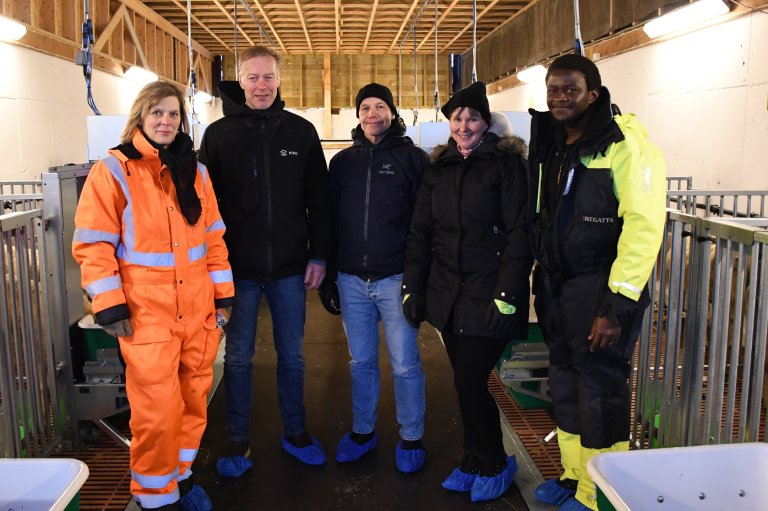
"The green shift is technology-driven"
Division Director for Food Production and Society at NIBIO, Audun Korsæth, has extensive experience with precision farming. He strongly believes in the importance of technology for future research and practical agriculture. Korsæth has been a driving force behind implementing better and more modern technological facilities at Tjøtta.
"I believe the green shift is technology-driven," Korsæth says.
"The new facilities at Tjøtta, combined with our expertise in animal welfare, production, and precision feeding, support our ambition to take a leading role in these fields. The development of new technology is happening rapidly. With these facilities, we will be able to contribute to new and sought-after knowledge on behalf of, as well as in collaboration with, farmers and the agricultural industry."
Contacts
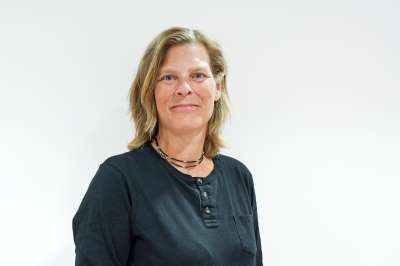

Background
The new technological research barn has been supplied by BioControl, specially designed for the needs at NIBIO Tjøtta.
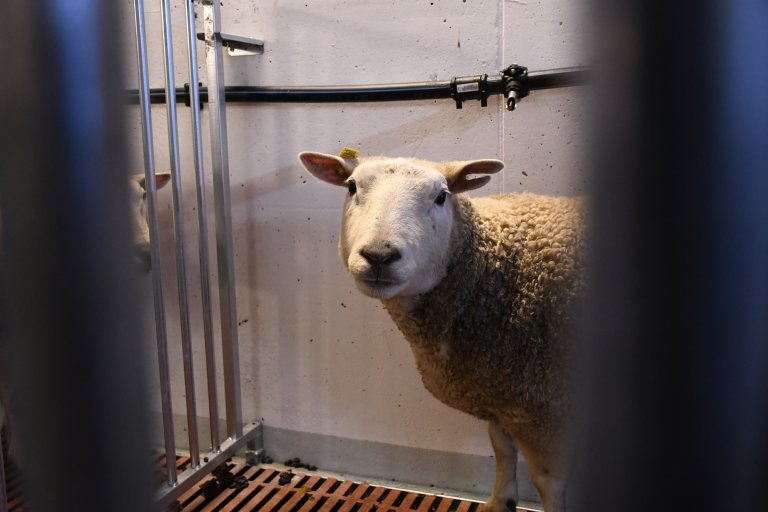
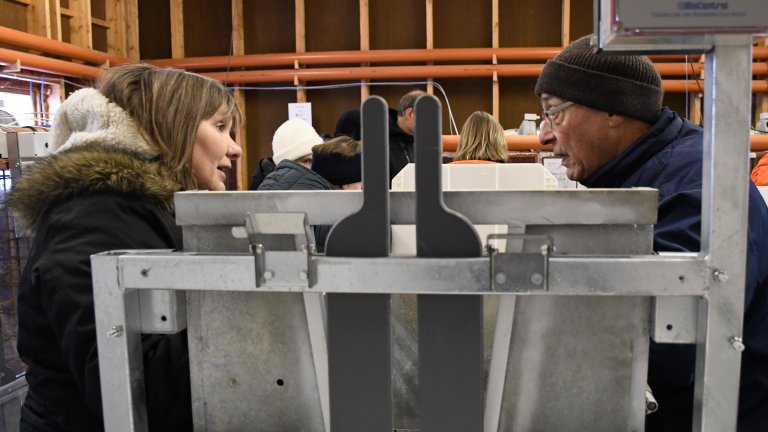
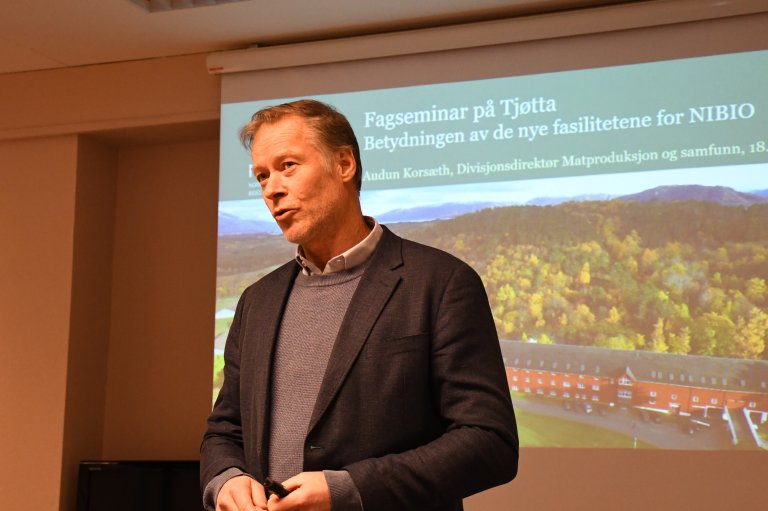
Contacts


